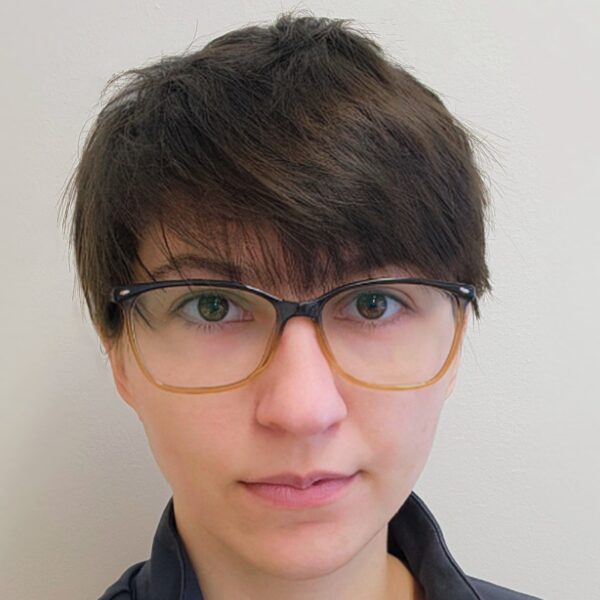
What is your position or role in the DESI project?
I am a postdoctoral researcher in large-scale structure and observational cosmology, and one of the leads for the photometric redshift topical group (more on that below!), and a member of several committees that provide resources to early career researchers and underrepresented groups in science.
Where were you born?
I was born and raised in a suburb near Houston, in Friendswood, Texas – in close proximity to the NASA Johnson Space Center!
Where do you live now?
I live in Princeton, New Jersey.
What do you do as part of DESI?
Among the many incredible things DESI can measure for a galaxy, one we can get with very high precision is the redshift. When electrons in atoms are excited, they absorb and release light at very specific energies that are known from laboratory experiments. In a spectrum, this looks like ‘line’-like features at a given wavelength, and DESI observes many of these at once — telling us about the composition and physics happening inside that galaxy.
We also live in an expanding universe where galaxies are receding away from us very quickly — more quickly with greater distances. Those known atomic transition features in light from a galaxy get pulled to redder wavelengths if they’re moving away from us. Measuring the exact amount of this reddening, redshift, allows us to map galaxy distances and, with enough galaxies, large-scale structure in the universe. In the photometric redshift group, we use these precise distances from DESI to learn more about the distances to galaxies that DESI can’t observe and extend that understanding of large-scale structure to the fainter universe. Part of this includes picking targets to observe that best help us disentangle the relationship between galaxy colors and distance. I work at the intersection of spectroscopic and imaging surveys, pairing these distances with galaxy shapes to learn about our cosmic web.
What is the most interesting or exciting thing about your job?
Observations on this scale are an incredibly powerful probe of cosmology and help us better understand the constituents of our universe. Constraining different models of dark energy and dark matter, learning how the massive structures shaping our reality have evolved over billions of years — it’s all very exciting! With the biggest and most advanced observatories ever constructed coming online it is a fortunate time in history to be a curious person looking up.
Any advice for an aspiring scientist?
I think there is a large pressure on young people to pick a path quickly, at a time when they know the least about that path that they ever will. Especially for people who don’t see themselves represented in science today, this can lead to self-rejection from what might otherwise be an incredible aptitude and curiosity. I would encourage anyone aspiring to work in science to appreciate that everyone starts from knowing nothing, and the only remedy is asking questions and gaining the tools to answer them. The only unteachable skill is curiosity, and the rest you’ll learn in time if you have the initiative.
What do you do for fun?
I really enjoy playing soccer, creating digital art, and writing speculative fiction.
What excites/interests you most about DESI?
The Dark Energy Spectroscopic Instrument is the first massively multiplexed spectroscopic telescope, ushering in a wave of others (e.g., 4MOST, PFS). This means that it is capable of observing as many as five thousand galaxies at once. Recent pilot studies have shown that DESI is also capable of observing incredibly faint galaxies as efficiently as much larger telescopes. I’m very excited for the potential of a large faint sample of DESI galaxies, telling us about galaxy evolution, their interactions with one another, and the growth of cosmic structure.